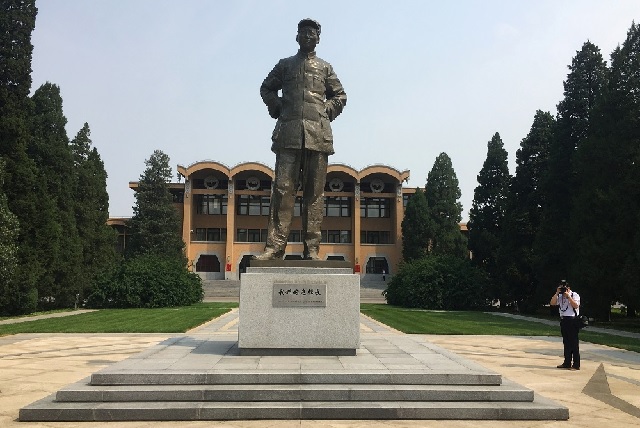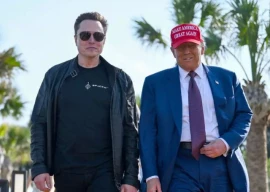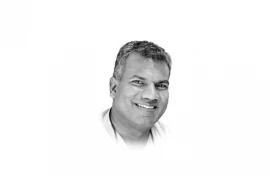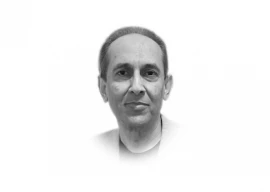
With a combined population of 1.54 billion that is mostly Chinese, all five have a single-party system descended from Marxism-Leninism, and stamp out opposition and freedom of expression.
With the exception of North Korea, they have all, however, opened up to a market economy.
As China celebrates the 70th anniversary of its establishment as a communist republic, here is a rundown of the four others.
Poland consigns communist-era monuments to dustbin of history
Communists have ruled Cuba for 60 years, since revolutionary Fidel Castro ousted dictator Fulgencio Batista in 1959.
When Raul Castro succeeded his brother in 2006, he gradually liberalised the economy.
In late 2011 he allowed the buying and selling of property and in 2013 eased the restrictions on Cubans travelling abroad.
From 2014 he opened up to foreign investment.
A new constitution came into force in April 2019 under which Cuba remains firmly socialist but accepts private property and foreign investment.
Under a US trade embargo since 1962, the island is suffering fuel shortages because of US sanctions over its ties with Venezuela, its oil supplier.
Almost three per cent of the population lives on less than $3 (2.7 euros) a day, according to the United Nations Development Programme (UNDP) in 2018.
Amnesty International has denounced Cuba's arbitrary detentions of dissidents and censorship.
One of Asia's poorest countries, Laos has been under a communist regime for 43 years after a 1975 revolution ousted the monarchy.
The ruling Lao People's Revolutionary Party (PRPL) holds political and military power, and controls people's courts and the media.
In 1986 it opted to maintain the single-party system but liberalised the economy. The Vientiane stock exchange opened in 2011.
Laos joined the Association of Southeast Asian Nations (ASEAN) in 1997 and the World Trade Organization (WTO) in 2013.
More than 77 per cent of its population lives on less than $3 a day, according to the UNDP in 2017. Nearly one-third of children under five suffer from malnutrition.
Hermetic North Korea has been ruled by the authoritarian Workers' Party for seven decades.
It was established in 1948, having been created out of the 1945 split of Korea between a Soviet-allied north and US-allied south.
China is its key diplomatic supporter and main provider of trade and aid.
In 2002 leader Kim Jong Il experimented with limited market reforms but rolled them back for fear of losing control over the economy.
The heavily militarised country announced in 2003 it was seeking to make atom bombs, leading many countries to suspend diplomatic relations or impose sanctions.
In 2009 North Korea revised its constitution, dropping the term "communism" and describing Kim Jong Il as "supreme leader".
Up to 120,000 people are being arbitrarily detained in political prison camps, according to Amnesty.
The Communist Party has ruled Vietnam for 44 years, since the communist north defeated the pro-US south in the two-decade Vietnam War.
As communist China turns 70, a 'Great Fracture' emerges with US
The regime opened up to a market economy in 1986. In 1994, after Washington lifted a post-war economic embargo, Vietnam saw a boom in foreign investment.
In 2000 a US-Vietnam trade accord was signed and a stock exchange in Ho Chi Minh City opened. In 2007 Vietnam joined the WTO.
Despite strong growth, standing at 7.1 per cent in 2018, 9.8 per cent of Vietnam's population lived in poverty in 2018, according to the World Bank.
A crackdown on dissent has intensified since 2017, according to Amnesty International, causing scores of activists to flee the country.
1735986550-0/Untitled-(9)1735986550-0-405x300.webp)
1735984963-0/Untitled-(8)1735984963-0-165x106.webp)
1735983530-0/Untitled-(7)1735983530-0-165x106.webp)
1735981813-0/Untitled-(6)1735981813-0-165x106.webp)
1735980600-0/Untitled-(5)1735980600-0-165x106.webp)

1735985974-0/Express-Tribune-(2)1735985974-0-270x192.webp)
1735985486-0/Copy-of-Untitled-(8)1735985486-0-270x192.webp)

1735983628-0/Copy-of-Untitled-(5)1735983628-0-270x192.webp)
1735983136-0/Copy-of-Untitled-(4)1735983136-0-270x192.webp)












COMMENTS
Comments are moderated and generally will be posted if they are on-topic and not abusive.
For more information, please see our Comments FAQ